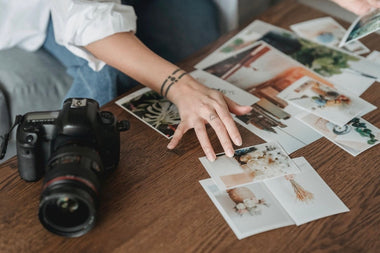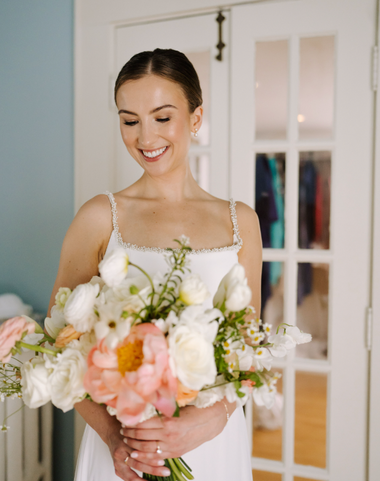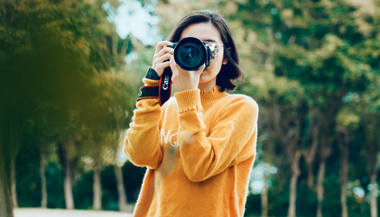Guest post from Tamara Lackey of Tamara Lackey Photography:
Photographing casual portraits is often one of the most enjoyable ways to shoot. There is not a lot of pressure to produce specific work for a client or any pressing deadlines. It’s just a matter of enjoying the act of photography while capturing some truly priceless memories of those you care about in often a light-hearted manner.
By their very nature, there is less of an effort put forth to "perfect" these shots. And there can be more emphasis on the feel of interaction rather than a focus on straightforward portraits. That said, there are a few things to keep in mind while setting up these shots. Among other factors, the aperture you choose to shoot at, the lighting you use, and the way you interact with your subjects can make a big difference in how album-worthy those photographs end up for you. Let's break factors down in more detail.
Aperture
The aperture, or f-stop, you set determines how large the shutter opening is - and, as a result, how much light comes through the opening. So when you set your f-stop, you are determining how wide or narrow the opening is. It’s like thinking about how widely you open your eyes. If you open your eyes really wide, you are seeing a lot more of the light around you, but it also throws a lot of your general focus off. Try this (but maybe not while in front of a lot of people because it can look very weird. Trust me ).
Open your eyes as widely as possible and direct your gaze at an object. What is happening is you are getting a much brighter view of what is around you, but you are mostly focusing on where you direct your gaze, and the rest of your view is thrown out of focus. When you squeeze your eyes nearly shut, you now have a dimmer view of everything, but your focus tends to be more widely distributed.
Generally speaking, a shallower depth of field, or a smaller f-stop, is the preferred method for shooting portraits because it puts the focus on your subject, your intended point of interest. And it’s especially more helpful when you are shooting around your house, as you often do not have as many simple backgrounds available to you. For that reason, I shoot most portraits at anywhere between f1.4 and f3.5. I say “most” portraits because there are plenty of reasons to shoot at a much narrower aperture - when you need more allowance for movement, for instance. Or when you are shooting an environmental portrait and you want just as much of the subject’s surroundings in the shot as your focus on the subject.
I shoot everything in manual mode because I prefer to manually select my ISO, shutter speed and aperture. But a lot of photographers prefer to shoot portraits in Aperture Priority, which means they partially control an image’s exposure - and they let the camera figure out the rest.
Another preferred auto setting is Portrait mode. In this setting, the shutter speed sets to mostly eliminate motion blur for close-up shots, with a large aperture to allow for plenty of light and to keep the subject more crisply focused than the background.
Lighting
About the most casual way to bring in lighting for a portrait is to shoot with window light. Or open up a main door and place your subject within that space. Bringing in a reflector will often fill in the shadows nicely. Adding in a flash, and often softening it through bouncing the light against a wall or off the ceiling, is also a nicely portable way to light your shot. And sometimes just using something around the house, like a flashlight or a lamp without a lampshade, can create rather great moody light.
Interaction
In general, nearly all my interactions with subjects are either light-hearted and playful/silly or quiet and more focused. I never put pressure on my subject to look or smile a certain way, and expressing frustration towards my subjects for not doing something I want them to do nearly always results in a strained expression. Not to mention that it turns what should be a fun and casual experience into an irritating, unsettling one.
Coaching your subject in a goofy way, using your voice as a tool and your words as a way to draw out expressiveness and sweeter interactions between your subjects can go a long way. I constantly remind myself that my voice doesn’t show up in the actual photographs, so I use it liberally!
Pulling in an assistant of any kind can also be very helpful. I have recruited parents, siblings, passersby - the list goes on and on. And, lastly, don't forget those every day shots around the house - reading together, building forts and just generally living life.
What are your tips for shooting family protraits at home?








